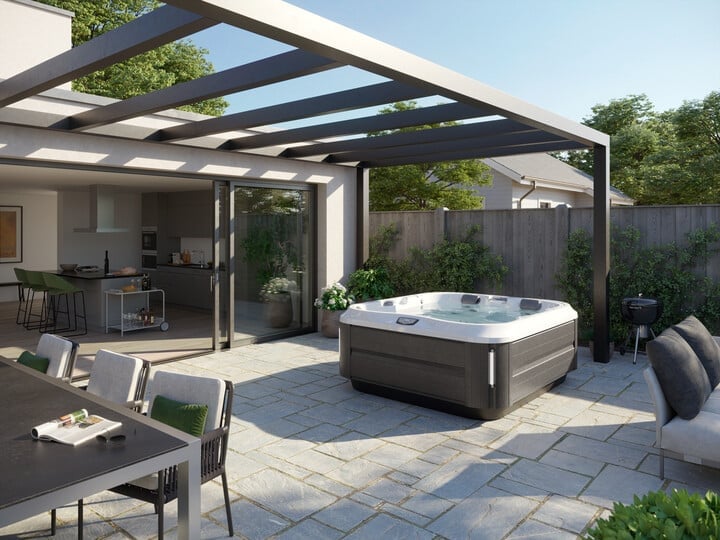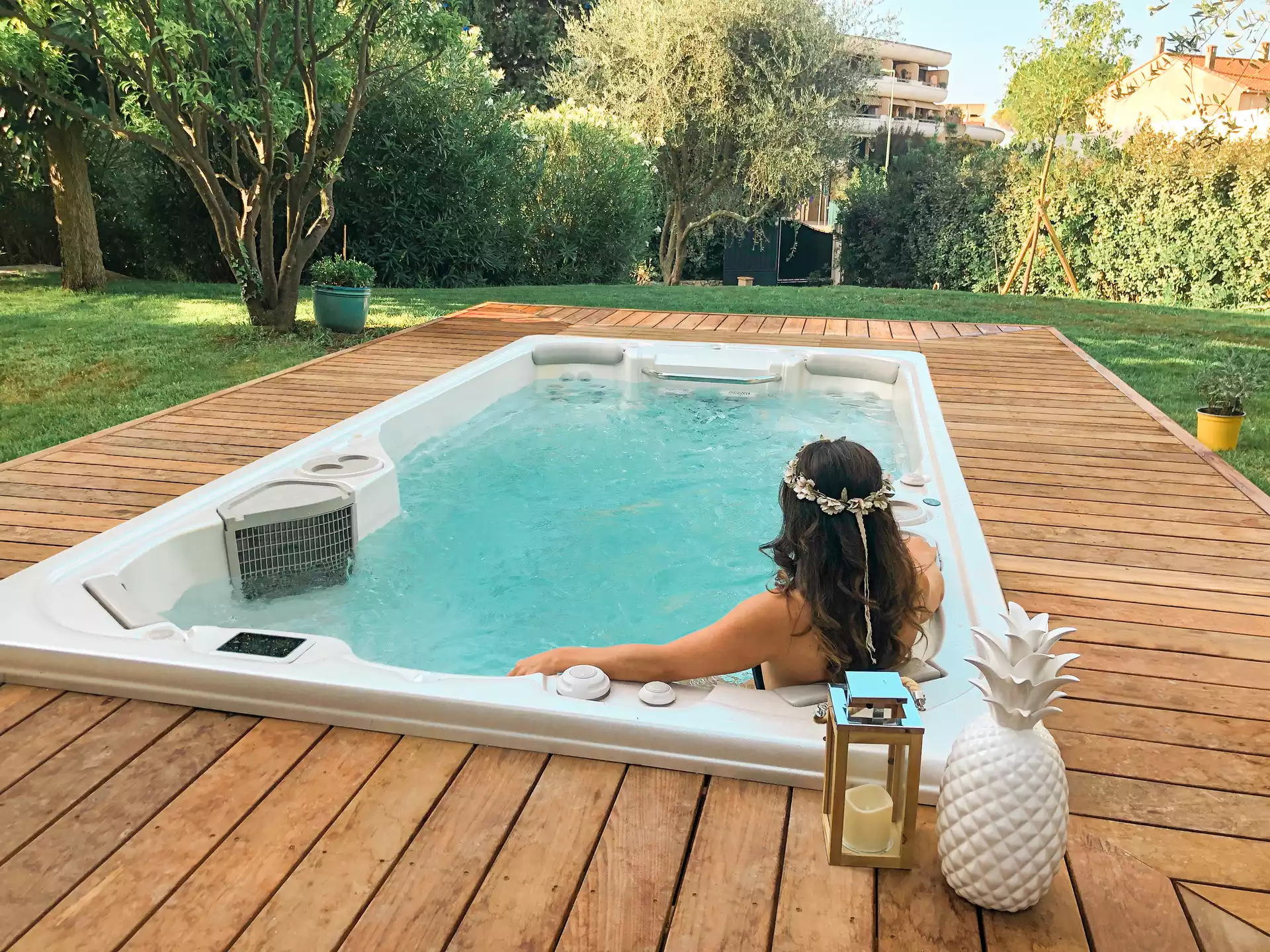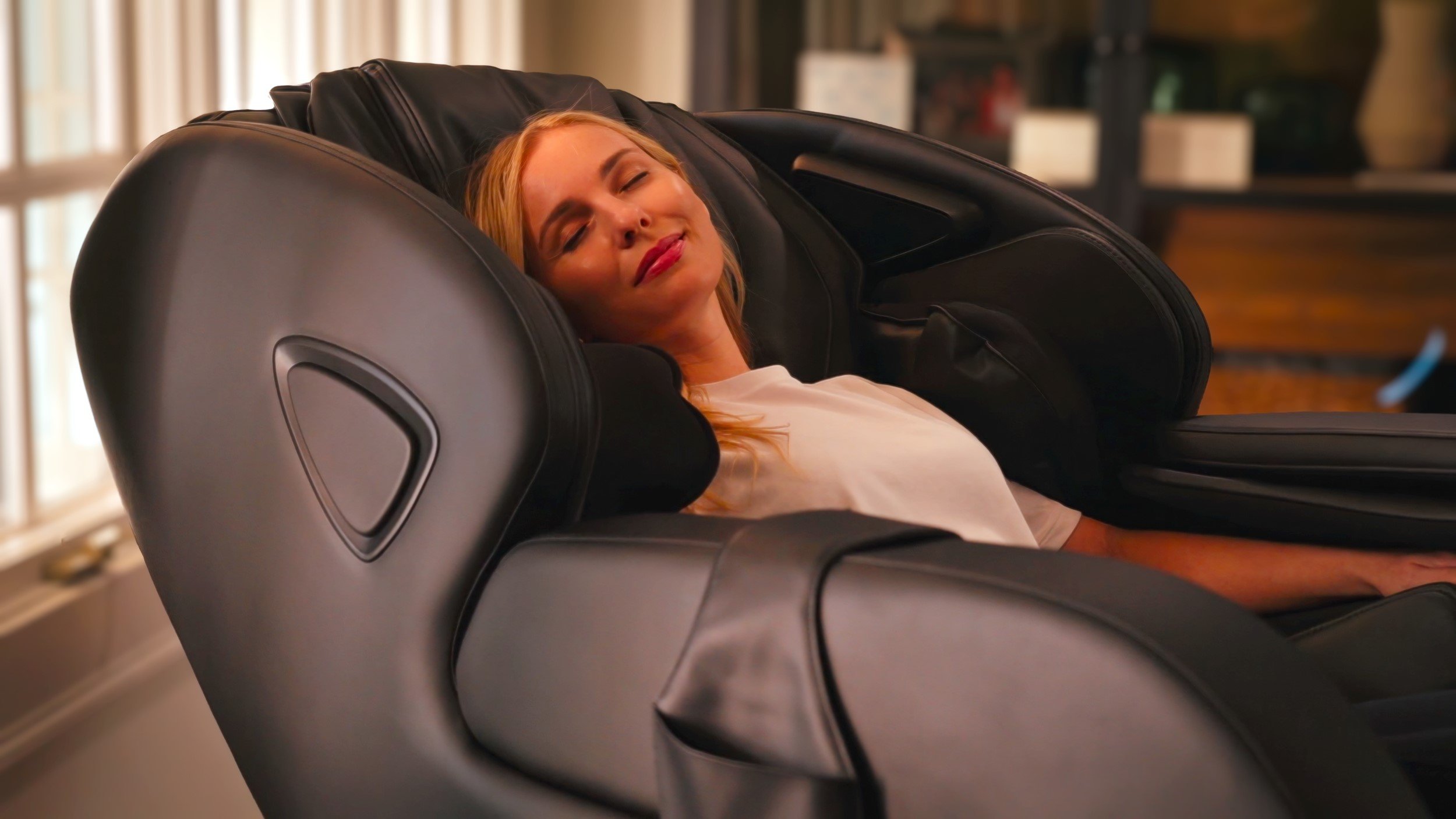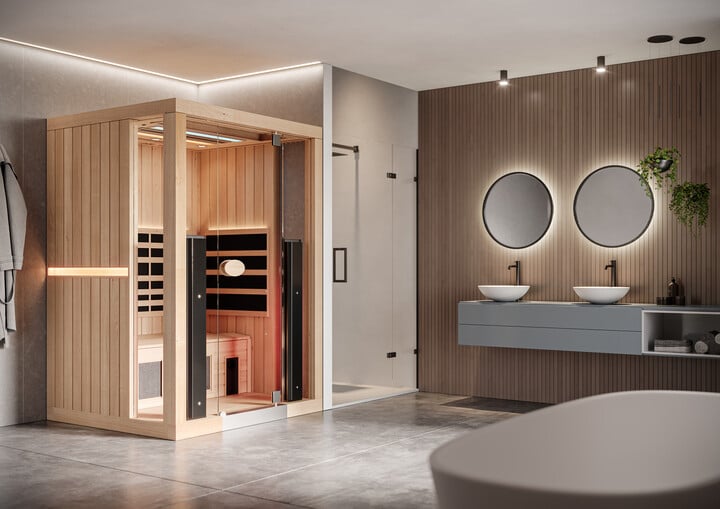Getting a new outdoor hot tub is an exciting step in any backyard renovation project. However, to fully enjoy your new investment, it’s crucial to be prepared for delivery day!
If you’re confused about the steps you need to take for a flawless hot tub installation, you’ve come to the right place. We’re here to guide you through the most important steps to take before it arrives!
Read on for an easy to follow guide to preparing for your hot tub installation.
Step 1: Site Selection
Selecting the ideal location for your hot tub is the first step in the installation process. Consider the following:
- Privacy: Choose a spot that offers seclusion from neighbors and anyone walking along nearby streets.
- Accessibility: Ensure easy access to the hot tub from your home, especially in colder months.
- Aesthetics: Integrate your hot tub into your landscape design for a cohesive look.
Ensure the ground is stable and level to support the weight of the hot tub, water, and occupants. Furthermore, the site should be near electrical and water sources to facilitate installation and future maintenance.
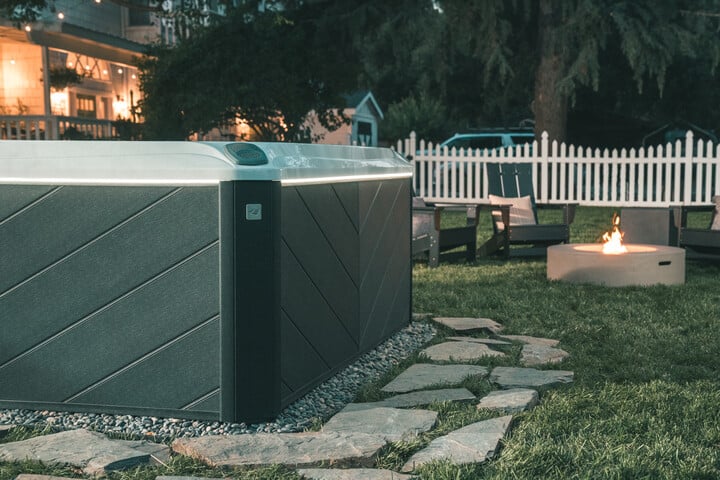
Step 2: Preparing the Ground
Proper site preparation is essential for a stable and long-lasting hot tub installation. The foundation you choose will significantly impact the longevity and performance of your hot tub. Follow these steps to ensure a solid and reliable base for your hot tub:
Clear the Area
Before laying the foundation, start by clearing the designated spot:
- Remove Debris: Clear away any debris, grass, or plants from the installation area. These can create an uneven surface and compromise the stability of your hot tub.
- Level the Surface: Use a level to ensure the ground is perfectly flat. An uneven surface can cause structural issues and lead to long-term damage.
Select Your Foundation Materials
Choosing the right base material is crucial for supporting the weight of the hot tub, water, and occupants. Here are some popular options, along with their pros and cons:
Concrete Pad:
Concrete is incredibly strong and provides a long-lasting foundation. It offers a perfectly flat and stable surface, reducing the risk of shifting or settling. Another appealing aspect of concrete pads is their minimal maintenance requirements.
However, concrete requires time to cure, so it’s important to plan the timing of its installation to ensure it’s fully cured before your spa arrives.
Pavers:
Pavers offer aesthetic appeal with various styles and colors that enhance your backyard. They also provide ample customization to enhance the aesthetic of your installation, since individual pavers can be easily adjusted or replaced. Furthermore, pavers offer improved drainage due to gaps that prevent water from pooling.
However, they require careful installation to ensure a level surface and can shift over time if not properly maintained.
Gravel:
Gravel is a cost-effective option, generally cheaper to install than concrete pads or pavers, and it offers excellent drainage, preventing water from pooling around the hot tub. It is also easier and quicker to install.
Proper Drainage
Ensuring proper drainage is critical to prevent water accumulation around the hot tub, which can lead to structural damage and safety hazards. Consider the following:
- Sloping: The area around the hot tub should be slightly sloped to direct water away from the foundation.
- Maintenance: Regularly check the drainage around your hot tub, especially after heavy rains, to ensure there is no buildup of water.
By carefully preparing the ground and choosing the right foundation, you can ensure a stable and long-lasting hot tub installation. This attention to detail not only enhances the performance of your hot tub but also adds value to your investment.
Step 3: Set up The Electrical
Hot tubs require a dedicated electrical circuit to operate safely and efficiently. Ensuring the correct electrical setup is crucial for the performance and longevity of your hot tub. Here’s what you need to know:
Model Specifications:
Different hot tub models have varying electrical requirements, typically ranging from 110V for plug-and-play models to 240V or higher for larger, more powerful units.
Refer to the manufacturer’s guidelines for your specific model to determine the exact electrical needs.
These guidelines will provide detailed information on voltage, amperage, and any special requirements for your hot tub.
Licensed Electrician:
Electrical work for hot tub installation is not a DIY project. Always hire a licensed electrician who has experience with hot tub installations.
A professional electrician ensures that all electrical components are installed correctly and safely, in compliance with local codes and standards.
This not only protects your investment but also ensures the safety of everyone using the hot tub.
Safety is paramount during hot tub installation. Key precautions include:
- Local Codes: Ensure all electrical work complies with local building codes and regulations.
- GFCI Installation: A Ground Fault Circuit Interrupter (GFCI) must be installed to prevent electrical shocks.
- Proper Wiring and Grounding: Correct wiring and grounding are essential to avoid electrical hazards.
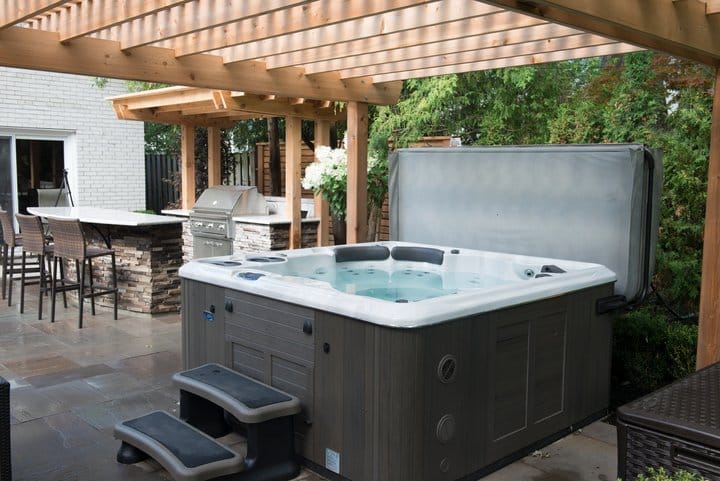
Step 4: Delivery Day Prep
Preparation for delivery ensures a smooth installation day. Proper coordination helps avoid delays and ensures everything is in place for a successful hot tub installation. Here is a complete delivery day to-do list to help you prepare.
Confirm Delivery Time:
- Call the supplier to confirm the exact delivery time.
- Ensure your presence or arrange for someone trustworthy to be available to receive the delivery.
Prepare the Access Path:
- Remove any obstacles such as outdoor furniture, toys, or garden tools from the access path.
- Measure gates, doorways, and any narrow passages to ensure the hot tub can pass through. If your hot tub is too large to navigate through the pathway you’ve planned, you may need to discuss a crane delivery.
- Temporarily remove gates or fence panels if needed to create a wider path.
Prepare the Installation Site:
- Check the Foundation: Ensure the foundation (concrete pad, pavers, or gravel) is level and ready for the hot tub.
- Verify Drainage: Make sure the area around the installation site has proper drainage to prevent water pooling.
Communicate with the Delivery Team:
- Point of Contact: Designate a point of contact to communicate with the delivery team and provide instructions.
- Site Tour: Show the delivery team the access path and the installation site.
- Ask Questions: Don’t hesitate to ask the delivery team any questions you have about the installation process.
Installation Process
Understanding the installation process helps manage expectations and ensures everything goes as planned. Here’s what to expect:
- Setup: The installation team will position the hot tub ensuring that the hot tub is level and securely placed on the foundation.
- Connection: Your electrician should be on site to connect your spa to the electrical connection. This ensures everything goes smoothly and safely.
- Filling the Tub: After it’s been hooked up, your installation team will work alongside you to fill the spa.
- Initial Inspection: The team will conduct an initial inspection to ensure everything is functioning correctly. This includes checking jets, heaters, and control panels to ensure all components are working as intended.
- Testing: A thorough testing phase ensures the hot tub is ready for use. The team will balance the water chemistry and check all systems to ensure the hot tub is operating efficiently.
Proper preparation for delivery and installation day is essential for a successful hot tub installation. By following this guide and checklist, you can ensure a smooth and stress-free process.
Initial Fill and Water Care
Filling your hot tub correctly is crucial for maintaining water quality. Follow these steps:
- Use a Pre-Filter: Attach a pre-filter to your garden hose to remove impurities from the water before it enters the hot tub.
- Balance Water Chemistry: After filling, test and adjust the water’s pH, alkalinity, and sanitizer levels. Proper balance prevents corrosion, scale buildup, and ensures comfortable soaking. Depending on your water quality, you may need to include a calcium hardness increaser to support your water’s chemistry.
Water Care Basics
Maintaining clean and balanced water is essential for a pleasant hot tub experience. Key tips include:
- Essential Products: Use sanitizers, pH balancers, and shock treatments to keep water clean and clear.
- Routine Maintenance: Establish a regular maintenance schedule to test and adjust water chemistry. Clean filters regularly to ensure efficient operation.
- Testing Water: Use test strips or a testing kit to monitor water quality. Adjust chemical levels as needed to maintain balance.
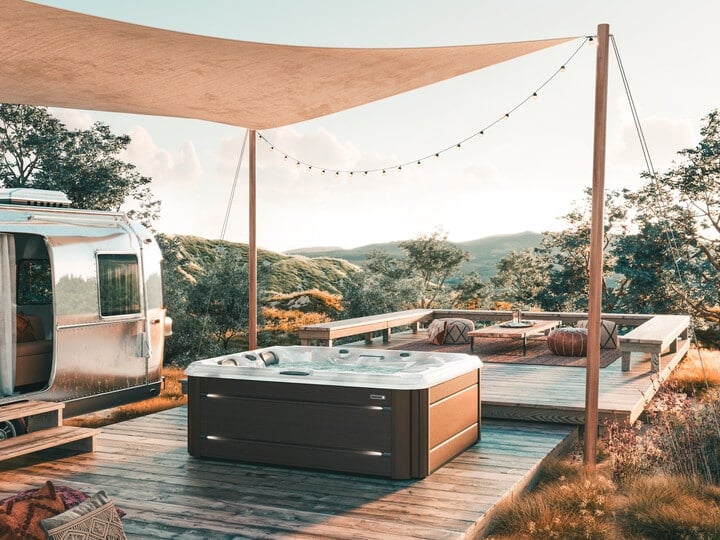
Enhancing the Experience
Maximize your hot tub experience with these enhancements:
- Accessories: Consider adding steps, handrails, or cover lifters for safety and convenience. LED lighting and water features can enhance ambiance.
- Outdoor Décor: Integrate your hot tub into your backyard design with landscaping, planters, and outdoor furniture. Create a relaxing retreat with comfortable seating and shade structures.
- Safety Tips: Always follow safety guidelines, including maintaining water balance, using the hot tub cover, and supervising children at all times.
Shop Spas and Enjoy Professional Hot Tub Installation at Red Rock Spas
Proper preparation is the key to a successful hot tub installation. By choosing the right location, ensuring electrical compliance, coordinating delivery, and maintaining your hot tub, you set the stage for years of enjoyment.
For personalized advice and professional assistance, contact the experts at Red Rock Spas in Utah.
With locations in Hurricane, St. George, Cedar City, Washington, and Mesquite, our team is here to help you every step of the way, ensuring finding your hot tub and your ownership journey is nothing short of spectacular.
Visit your nearest showroom today to get started!

